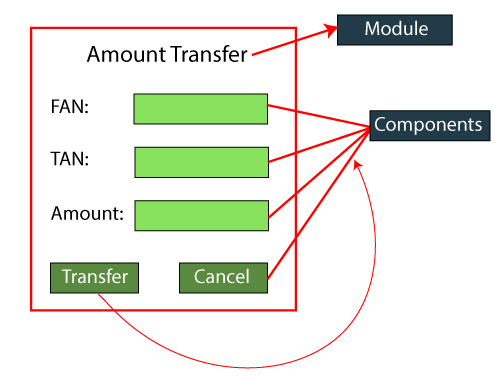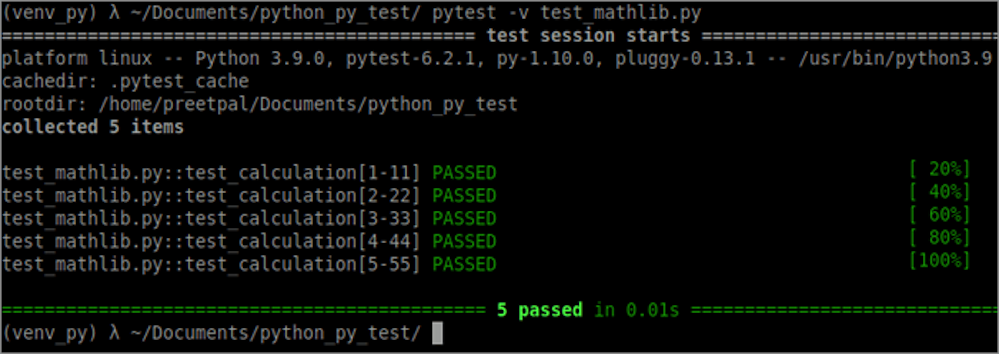Unit testing is a critical aspect of web development, ensuring that individual components or pieces of code, known as “units,” function correctly in isolation.
Regardless of whether you’re working on the client-side (front-end) or server-side (back-end) of a web application, unit testing plays a crucial role in ensuring that individual pieces of code function correctly and reliably.
By focusing on the smallest testable parts of an application, unit testing helps developers identify and fix bugs early, maintain code quality, and facilitate smoother development processes.
Understanding Unit Testing

In the context of web development, a “unit” typically refers to a single function, method, or component within the application.
Unit testing involves writing automated tests to verify that each unit behaves as expected under various conditions.
These tests are designed to run independently of the rest of the application, ensuring that the code works correctly on its own before being integrated with other units.
Key Characteristics of Unit Testing
Isolation
Focus: Unit tests isolate the unit of code being tested from the rest of the application, ensuring that external factors do not influence the test results. This isolation is often achieved by mocking or stubbing dependencies.
Purpose: The goal is to test the unit’s functionality independently, verifying that it produces the correct output for given inputs.
Automation
Efficiency: Unit tests are automated, meaning they can be run quickly and repeatedly without manual intervention. This automation allows developers to catch regressions and errors early in the development process.
Tooling: Various testing frameworks, such as Jasmine, Mocha, or Jest, are used to automate and manage unit tests in web development.
Fast Execution
Performance: Unit tests are generally fast to execute because they test small, isolated pieces of code. This speed enables developers to run tests frequently during development, ensuring that changes do not introduce new bugs.
Continuous Integration: In modern development environments, unit tests are often integrated into continuous integration (CI) pipelines, where they are run automatically every time the code is updated.
Repeatability
Consistency: Because unit tests are automated and isolated, they produce consistent results when run under the same conditions. This repeatability is crucial for maintaining confidence in the correctness of the code over time.
Advantages of Unit Testing in Web Development
Early Bug Detection

Proactive: Unit testing helps identify bugs early in the development cycle, reducing the cost and effort required to fix them. By catching issues before they affect other parts of the application, developers can prevent small problems from escalating into larger ones.
Improved Code Quality
Modularity: Writing unit tests encourages developers to write more modular, maintainable code. Since unit tests focus on small, isolated pieces of code, developers are more likely to design their code in a way that is easy to test and reuse.
Documentation: Unit tests also serve as documentation for the code, clearly demonstrating how each unit is expected to behave. This can be particularly helpful for new developers or when revisiting code after a long period.
Confidence in Refactoring
Safety Net: Unit tests provide a safety net when refactoring code. Developers can make changes to the codebase with the confidence that the existing unit tests will catch any regressions or unintended side effects.
Regression Prevention: By ensuring that old bugs do not reappear after changes are made, unit tests help maintain the stability and reliability of the application over time.
Facilitation of Continuous Integration
Automation: Unit tests are a key component of continuous integration and continuous delivery (CI/CD) pipelines. Automated testing ensures that new code merges do not break existing functionality, allowing teams to deliver updates more frequently and reliably.
Scalability: As the application grows, a comprehensive suite of unit tests can help manage complexity, ensuring that all parts of the codebase continue to work together seamlessly.
Common Tools for Unit Testing in Web Development

- JavaScript/TypeScript: Jasmine, Mocha, Jest
- Java: JUnit, TestNG
- Python: unittest, PyTest
- PHP: PHPUnit
- Ruby: RSpec, Minitest
Conclusion
Unit testing is a foundational practice in web development that enhances code quality, reduces bugs, and enables developers to build and maintain complex applications with confidence.
By testing individual units of code in isolation, developers can ensure that each part of the application works as intended, leading to more reliable and maintainable software.
Whether you’re working on a small project or a large-scale application, incorporating unit testing into your development process is essential for delivering high-quality, robust web applications.

